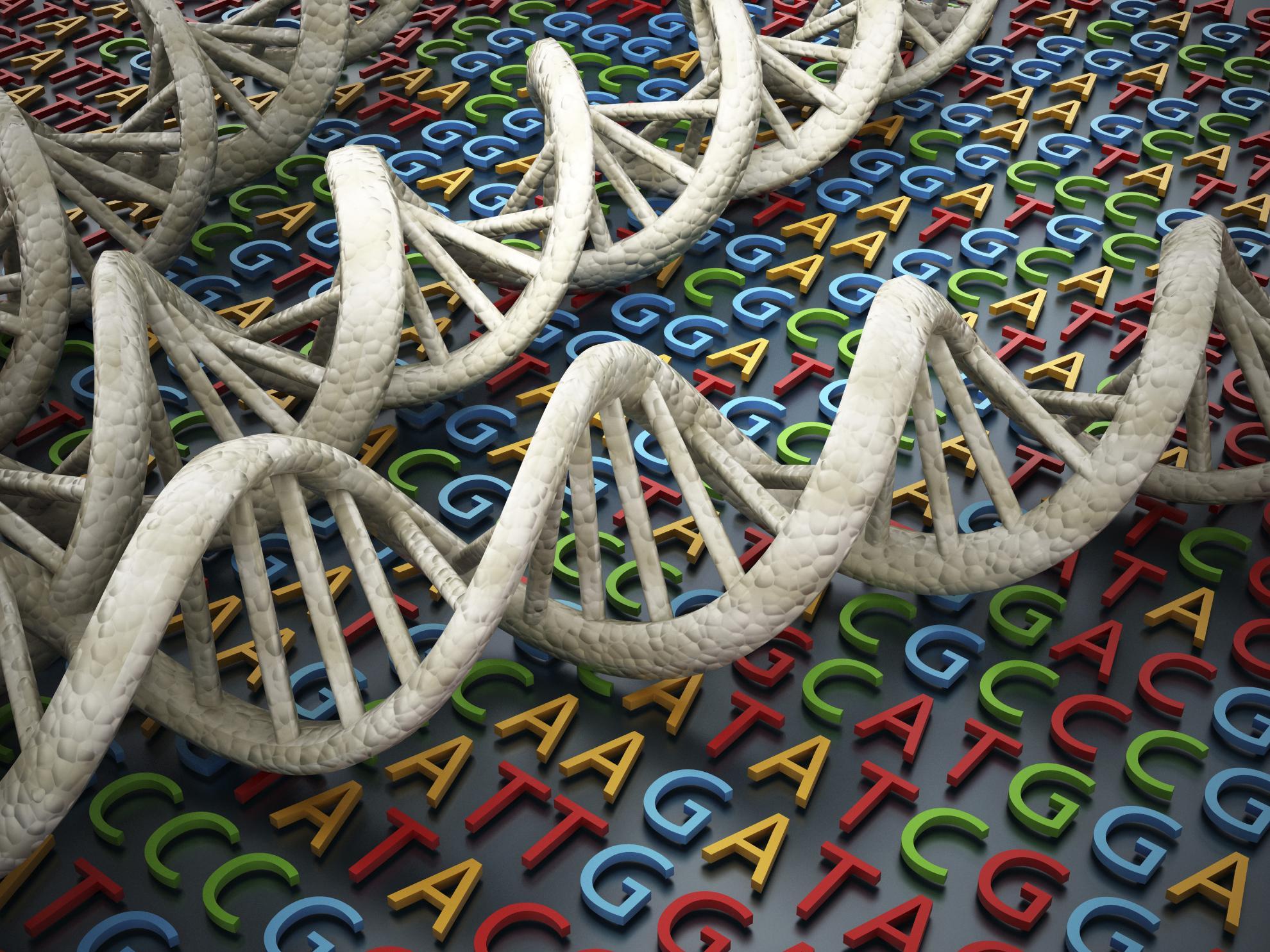A model of substitution trajectories in sequence space and long-term protein evolution
The nature of factors governing the tempo and mode of protein evolution is a fundamental issue in evolutionary biology. Specifically, whether or not interactions between different sites, or epistasis, are important in directing the course of evolution became one of the central questions. Several recent reports have scrutinized patterns of long-term protein evolution claiming them to be compatible only with an epistatic fitness landscape. However, these claims have not yet been substantiated with a formal model of protein evolution. Here, we formulate a simple covarion-like model of protein evolution focusing on the rate at which the fitness impact of amino acids at a site changes with time. We then apply the model to the data on convergent and divergent protein evolution to test whether or not the incorporation of epistatic interactions is necessary to explain the data. We find that convergent evolution cannot be explained without the incorporation of epistasis and the rate at which an amino acid state switches from being acceptable at a site to being deleterious is faster than the rate of amino acid substitution. Specifically, for proteins that have persisted in modern prokaryotic organisms since the last universal common ancestor for one amino acid substitution approximately ten amino acid states switch from being accessible to being deleterious, or vice versa. Thus, molecular evolution can only be perceived in the context of rapid turnover of which amino acids are available for evolution.
Back to publications
Publication
Contributors
Usmanova D R, Ferretti L, Povolotskaya I S, Vlasov P K, Kondrashov F A
Year
2015
Journal
Molecular Biology and Evolution
Volume
32
Issue
2
Pages
542-554
Altmetric details
Associated groups
